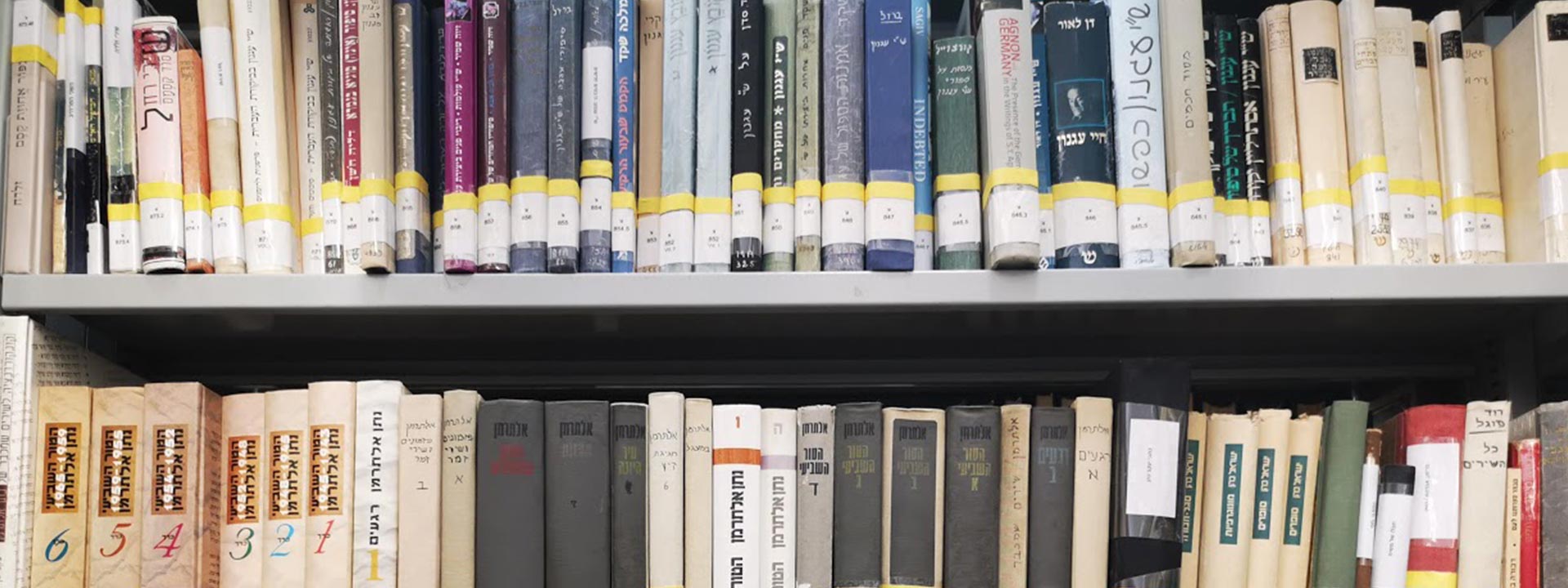Concurrent with National Hebrew Book Week 2023, the National Library of Israel has issued its data on book publishing in Israel for the previous year. By analyzing the changes and trends of the published books it is also possible to trace patterns and transformations in Israeli culture and society. Some notable data in the 2022 book publishing report:
- • 6,971 books were published in Israel in 2022
- • A record number of 2,004 prose and poetry books were published
- • Women writers comprised 60% of all authors
- • 148 romance novels
- • 115 books on gender relations
- • 152 on family matters
- • 54 books of erotica
422 instructional books on various topics were published in 2022, a new record in a segment that is on a continuous upward trend. This is an increase of 11% from the previous year.
The increase in the publication of biographies and autobiographies continues, but only 31% of the biographies are written about women, compared with 64% about men and 5% about couples and families.
The growing trend towards digital e-book publishing continues, encompassing books and publishers of all types. In addition to books in print, another 1,258 new digital e-books were published, as compared to 982 the year before.


 Sign in with Google
Sign in with Google
 Sign in with Facebook
Sign in with Facebook

